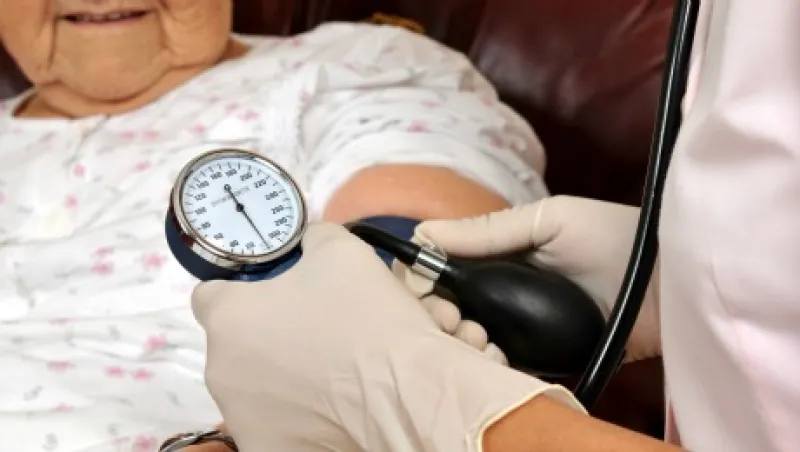America is getting old. According to the U.S. Department of Health and Human Services, more than 14 percent of the population was over the age of 65 in 2013, the most recent year for which data is available. That number is expected to rise to 21.7 percent by 2040. This graying of the population will lead to a sharp uptick in chronic disease, exacerbated by increasing life spans. Although the toll this will take on the U.S.’s health care system, particularly Medicare, is a serious concern, many investors have found a bright side to the so-called silver tsunami.
“It’s a megatrend in demographics that will last through the next decade, so that creates a persistent source of demand for health care products and services,” says Michael Gregory, CIO and head of health care investing at Dallas-based hedge fund firm Highland Capital Management. “It’s a rising tide that lifts all boats,” he adds, noting that the aging population’s needs will put pressure on every part of the health care sector, from pharmaceuticals to medical devices to data management.
Baby boomers are playing a major part in sustaining the trend toward personal wellness. They are aging much differently from their parents, with more interest in and access to information about their health. An April 2014 study conducted by New York–based StartUp Health showed that investment in digital health more than doubled between the first quarter of 2013 and the same period the following year, and that a major focus of much of that investment was on products for consumers over 50. Venture capital funding for that segment of the market made up 53 percent of all digital health investments between 2010 and 2013. While many tech and digital health companies focus on the coveted Millennial age bracket, seniors — admittedly faced with a steeper learning curve — do appear to be interested in joining the tech revolution.
J.P. Morgan Asset Management made a bet on seniors’ resilience and adaptability in October, when it announced a partnership with AARP, the nonprofit membership organization for people age 50 and older, to create a $40 million innovation fund. The firm will advise AARP on direct investments in early- to late-stage companies developing products to help older people live independently for longer.
“Asking anyone to change their behavior is difficult,” says Kathy Rosa, a portfolio manager in JPMAM’s private equity group. “Innovating through technology can make it easier for people to adapt, which creates better outcomes, such as staying at home longer and having better life quality.”
Follow Kaitlin Ugolik on Twitter at @kaitlinugolik.





